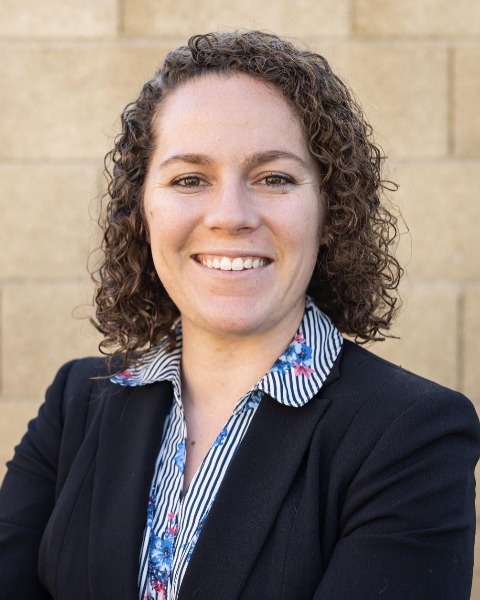Critical Care
Critical Care 2
314 - Massive Transfusion in pediatric patients on extracorporeal membrane oxygenation: a secondary analysis of the massive transfusionin children (MATIC) study
Saturday, April 29, 2023
3:30 PM - 6:00 PM ET
Poster Number: 314
Publication Number: 314.205
Publication Number: 314.205
Emily Hargrave, Nationwide Children's Hospital, Columbus, OH, United States; Rohali Keesari, Emory University School of Medicine, decatur, GA, United States; Christine M. Leeper, University of Pittsburgh School of Medicine, Pittsburgh, PA, United States; Julie C.. Leonard, Nationwide Children's Hospital/The Ohio State University College of Medicine, Columbus, OH, United States; Cassandra Josephson, Johns Hopkins University School of Medicine, St. Petersburg, FL, United States; Marie E. Steiner, University of Minnesota, Minneapolis, MN, United States; Philip C. Spinella, University of Pittsburgh School of Medicine, SEWICKLEY, PA, United States; Jennifer A. Muszynski, Nationwide Children's Hospital, Columbus, OH, United States

Emily Hargrave, MD (she/her/hers)
Resident
Nationwide Children's Hospital
Columbus, Ohio, United States
Presenting Author(s)
Background: Bleeding complications occur in up to 70% of patients on ECMO and significantly impact morbidity and mortality. However, there is little data describing bleeding events treated with massive transfusion in pediatric ECMO patients.
Objective: To describe the demographics, resource utilization, and mortality of pediatric ECMO patients treated with massive transfusion.
Design/Methods: Retrospective secondary analysis of data from a multicenter prospective observational study. Children aged 0-17 years who had life threatening hemorrhage, defined as having received >40ml/kg blood products in 6 hours or activation of a massive transfusion protocol (MTP) were included. Children who had MTP activated but received no blood products were excluded. We compared patients who were on ECMO at the time of life-threatening hemorrhage with those not on ECMO. Primary outcome measures were volumes of blood product administration and 28-day mortality. Statistical analyses were performed using two-sided Fisher’s exact test and Wilcoxon Rank Sum.
Results: 449 children, including 36 children on ECMO, were included in analyses. Compared to those not on ECMO, children on ECMO at the time of MTP initiation received higher total volume of blood products (110 [50, 223] vs 59 [28, 113]) ml/kg, p = 0.002) and were more likely to receive anti-fibrinolytic therapy (39% vs 10%, p < 0.001). Ratios of Red blood cell (RBC) to plasma and RBC to platelet volumes were similar between ECMO and non-ECMO patients [RBC to plasma: 1.7 to 1 vs. 2 to 1 for ECMO and non-ECMO, respectively (p = 0.6); RBC to platelet: 3.3 to 1 vs 5 to 1 for ECMO and non-ECMO patients, respectively (p = 0.1)]. ECMO patients had higher 28-day mortality (64% vs 35%, p = 0.001), though 24-hour mortality was similar (17% vs. 23%, p = 0.5).
Conclusion(s): Pediatric ECMO patients who receive massive transfusion during a single bleeding event utilize a large volume of total blood products and have high mortality. Further research is needed to inform development of massive transfusion protocols tailored to this patient population in order to optimize resource allocation and decrease mortality in this high risk group of patients.
